Article by PBI-Mexico
Advanced a decade ago by Mexican civil society and international bodies, the introduction of the Protection Mechanism for Human Rights Defenders and Journalists (Mecanismo de Protección para Personas Defensoras de Derechos Humanos y Periodistas) was a significant step forward for human rights in Mexico. However, the Mechanism continues to demonstrate notable deficiencies and concerning failures in the high-risk context faced by Mexican human rights defenders (HRDs).
The first initiatives occurred in 2008 when a range of Mexican civil society organizations (CSOs) began meeting to create a work plan to confront the hostile climate experienced by HRDs and journalists. In 2010, the group began developing a proposal for a mechanism to present to the Mexican Government, defining the aims, roles, structure and civil-society participation in the future Protection Mechanism. The Group of Civil Society Organisations for the Protection of Human Rights Defenders and Journalists (Espacio de Organizaciones de la Sociedad Civil para la Protección de Personas Defensoras de Derechos Humanos y Periodistas), known as the CSO Group, arose from this process and officially launched in 2012.
In response to this civil-society initiative, monitored by the Office of the United Nations High Commissioner for Human Rights (OHCHR), the Mexican Government organized a forum called “Towards a Protection Mechanism for Journalists and Human Rights Defenders”, a positive first step towards the creation of a Mechanism. Unfortunately, it lost momentum due to changes in government. Nonetheless, facing strong political pressure in Autumn 2010, a Protection Mechanism was created for journalists alone, abandoning the idea of an instrument for both journalists and HRDs. Throughout this period, PBI Mexico’s role was crucial – as an organization conducting international observation and as an external consultant – thanks to its long experience in protection.
In 2011, as discussions with Mexico’s executive branch and the Interior Ministry (Secretaria de Gobernación, SEGOB) continued without desired results, the OSC Group decided on the legislative route, proposing a draft law in the Senate. After an intense period of advocacy, the Law for the Protection of Human Rights Defenders and Journalists was approved unanimously in Congress and the Senate and was signed into law by then-President Felipe Calderón on 22 June 2011.
Today, ten years after the bill was passed into law, the Mechanism continues to offer insufficient protection to Mexican HRDs and journalists. Between December 2018 and late-August 2019, at least 24 HRDs and 15 journalists had been murdered across the country; three of those killed were covered by the Protection Mechanism. In October 2019, during the “Regional Dialogue between Authorities, Experts and Civil Society”, specialists and members of the OSC Group and the international community raised their concerns about the lack of a holistic public policy on protection, one year into the new federal government.
Enrique Eguren, a protection specialist from the organization Protection International, was a panelist in the event. He emphasized the fact that the roots of the issue are deeper than mere structural issues. According to Eguren, the framework of the Protection Mechanism has several weaknesses, such as its perception that HRDs are “objects of protection” not “subjects of law”. In addition, he highlighted that “mechanisms are reactive, tactical and attempt to respond to situations by authorizing protection measures; but the Mechanism cannot impact on the root causes that generate risk, and therefore its reactions to that risk are condemned to continue indefinitely”.
We recognize the goodwill of the current government, which, through the Deputy Minister for Human Rights, Population and Migration, Alejandro Encinas Rodríguez, has publicly accepted that the Mechanism has failings. The Deputy Minister asked OHCHR to conduct a diagnostic study into the Mechanism’s operations. This found that “among other suggestions, the mechanism could be more effective if it had more and better-quality resources, more efficient internal processes, and better coordination with other authorities”. These and other findings were replicated in the 2019 report which PBI Mexico prepared with the Washington Office on Latin America (WOLA).
Now in 2020, we await a genuine commitment from the government to implement a holistic public policy on protection by following up on the recommendations from OHCHR’s diagnostic study, as well as through the revision of the Law for the Protection of Human Rights Defenders and Journalists. These steps would make the Mechanism an appropriate response to the risks which continue to face Mexican HRDs on a daily basis.


